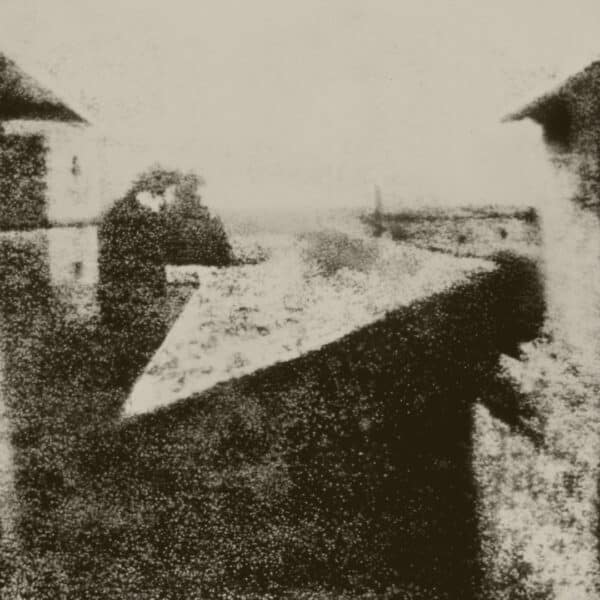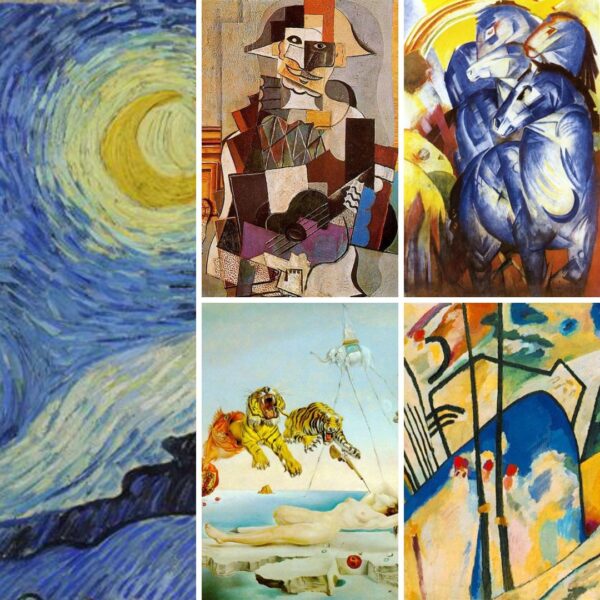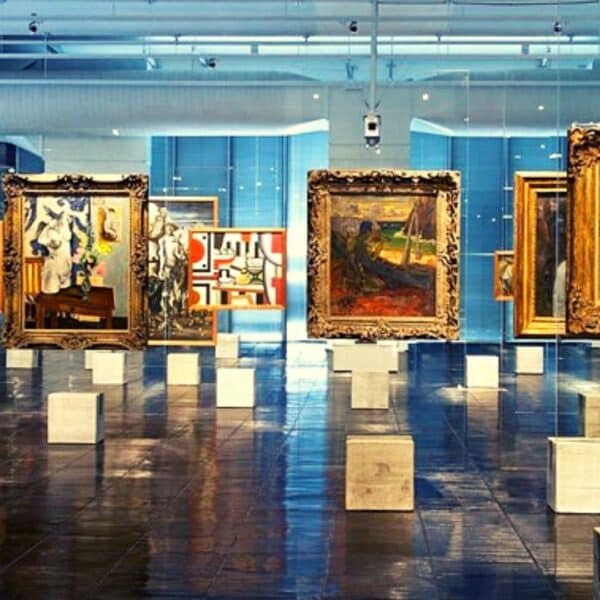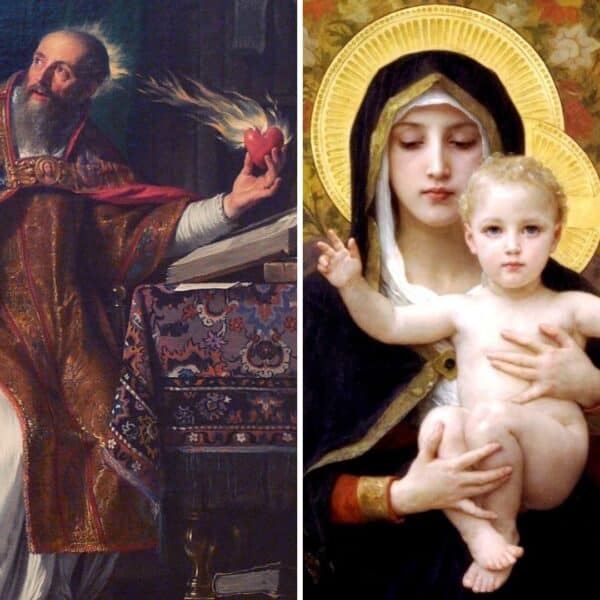After being largely forgotten for a few centuries, Gothic was eventually appreciated again. In fact, people began to once again build in a Gothic-inspired style called Gothic Revival.
The Gothic Revival began in the 18th-century England and gained widespread popularity in the 19th century.
By Alexandra Kiely, Gothic Architecture online course.
The Romanticism
An artistic and literary movement called Romanticism took off during this time.
Romanticism is very complex to talk about in much detail here. Let’s just say that it was really interested in emotion and subjectivity.
Learn more about this subject – read What was Romanticism?
This was in large part a reaction against the extreme logic and rationality of the Renaissance and later periods, as well as the impersonal Industrial Revolution.
impersonal Industrial Revolution.
The political conjuncture
The political conjuncture linked to the ideas of individualism and egalitarianism was characterized by upheavals and revolutions such as the French Revolution.
And it led to geopolitical redefinitions both in Europe and on other Continents.
Ideas linked to liberalism and expressions of nationalism were also strongly reflected in Romanticism.
The search in the past for ideals and aesthetics that supported them was important in artistic references.
Hence the inspiration in medieval themes that manifest themselves in the plastic arts and in literature, as exemplified by the novels of Victor Hugo.
Gothic literature (horror novels like Mary Shelley’s Frankenstein) were part of this Romantic movement, and they further fed the interest in Gothic architecture.
Romanticism inspired a whole series of revival architectural styles, in which architects went back to older styles or adopted foreign ones.
Gothic Revival was among the most popular of these revivals.
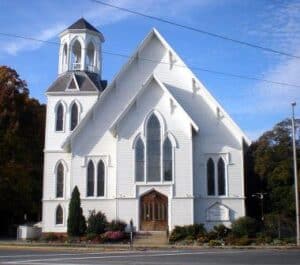 First Baptist Church Methuen MA
First Baptist Church Methuen MA
Gothic Revival buildings
Some of those buildings were very fanciful, while others were much truer to the original.
Many structures were churches and civic buildings, but the style was also applied to everything else, from domestic houses to prisons.
Gothic elements like tracery and pointed arches were also applied to furniture, decorative arts, and even jewelry.
Gothic details were everywhere, even places they never would have appeared in the Middle Ages.
Augustus Pugin
In England, Augustus Welby Northmore Pugin (1812-1852) was one of the Gothic Revival’s the most important practitioners.
He felt connected to the Middle Ages for deep ideological reasons, as he believed that medieval art and culture were preferable to most of what the modern world had to offer.
In particular, Pugin felt that Gothic architecture was honest with no attempt to disguise its method of construction or to mask one type of materials as another.
The Arts & Crafts Movement was based on similar principles and is closely related to the Gothic Revival. We might see some foreshadowing of modernism in Pugin’s ideas as well.
Pugin used Gothic forms and ideas to build and furnish many new buildings.

Westminster Palace, London
Along with Charles Barry, Pugin was responsible for one of the most significant Gothic Revival structures of the nineteenth century – the Palace of Westminster.
Also known as the Houses of Parliament, it was rebuilt in the Gothic Revival style beginning in 1840 after a fire destroyed the old building.
You can learn more about Augustus Pugin at the Pugin Society (http://www.thepuginsociety.co.uk/)
Learn more – Art history online course
Gothic Architecture online course
In this course, we will explore Gothic architecture and its context. We’ll discover the style’s key features and components, how they developed, and how they work to keep buildings standing.
We’ll learn how the architecture fit into medieval religion and culture, and we’ll identify the Gothic church’s many meanings.
We’ll also find out how Gothic spread from France and England to the rest of Europe, how Gothic was revived in the 19th century, and what has happened to Gothic buildings since they were created.

